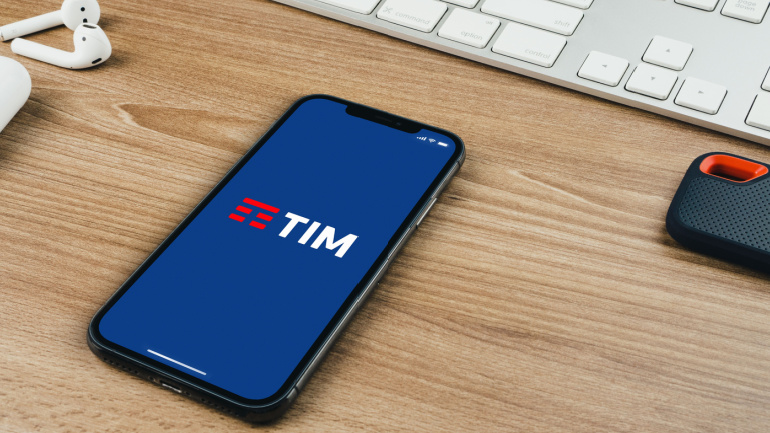Unveiling a battery and solar-powered 5G site in Texas, Ericsson demonstrates an innovative and eco-friendly approach to creating energy-smart network solutions. This next-generation site not only offers enhanced energy management, potentially trimming operational expenses and reducing energy consumption, but also hints at lucrative future revenue streams from selling excess power. As Ericsson continues to explore greener alternatives, it’s intriguing to see how telecom companies worldwide will adopt this sustainable model.
Emerging as a benchmark for sustainability, Vodafone negotiates a massive 410 Gwh photo-voltaic energy deal yearly with renewable firm Iberdrola, aiming at operations in Germany, Portugal, and Spain. This agreement, an expansion on their existing partnership, likely opens doors to further renewable initiatives. Vodafone’s commitment towards an eco-friendlier future radiates, from charging points for electric vehicles at their primary facilities in Spain to ensuring customers’ benefits from 100% renewable purchased electricity.
In a groundbreaking arrangement, Telenor and Statkraft are set to secure 85 GWh/year of renewable energy for Telenor’s Finnish branch, DNA. This power deal will utilise energy from Statkraft’s upcoming wind farm project, fortifying Telenor’s quest for sustainable power. The implications of this pact spark debate on the urgency of renewable energy adoption in the telecom industry.
NTT and Cisco collaborate in launching IoT solutions as a managed service, targeting sectors like manufacturing and healthcare. Combining expertise, they aim to enhance security, decision-making, and lower operational costs. With repeatable solutions, faster deployment and predictable benefits are possible, but customization is still necessary for unique requirements.
TIM’s CEO addresses concerns about ServiceCo’s sustainability after the potential spin-off of its network operations, highlighting unique businesses within, such as TIM Brasil, Enterprise, and Consumer. With ongoing NetCo sale negotiations, Telecommunications Italy seeks fair market value offers.
China Unicom Chongqing and Huawei’s revolutionary Alps-WDM+OSU trial commercial use promises enhanced network capabilities and user experience. The technology offers increased bandwidth, reduced latency, optimized operations, and green development, paving the way for future all-optical transport networks.
Ericsson and Telia join forces to establish the Baltics’ first enterprise 5G network at a key supply site in Estonia, aiming to enhance productivity, agility, and sustainability, while enabling connected use cases like asset monitoring, digital twins, and more. This collaboration also boosts Ericsson’s growing private 5G offerings and emphasizes the potential of private 5G networks in driving innovation across various industries.
Italian telecom giant TIM’s nine-year Power Purchase Agreement with ERG demonstrates a commitment to eco-friendly energy, sourcing 34% of its energy needs through PPAs, and targeting Net Zero emissions by 2040.
Telgorithm launches a new product feature dubbed Time Routing Telgorithm, an A2P text messaging API provider, has introduced Time Routing, a novel product feature that enables enterprises to better manage queued A2P messages. Businesses may use this tool to plan communications in advance, cancel them, or “expire” queued messages that are no longer required owing to time constraints on a per campaign basis. In particular, for high-volume and time-sensitive SMS/MMS initiatives, this capability enables enterprises to better manage A2P communications and save expenses. In addition to Telgorithm’s current Smart Queueing and Message Prioritization functionalities, Time Routing is provided with the API at no additional cost. Read the full article. Sinch announces strategic collaboration with Salesforce Sinch, a cloud communications supplier, has established a strategic partnership with Salesforce. Sinch will be a critical provider for Salesforce’s worldwide SMS delivery operations and will supply Salesforce and its global client base with enterprise-grade…
Nokia has released an update to its AVA Energy efficiency software, which now features improved algorithms and power-saving strategies, allowing communication service providers (CSPs) to achieve significant reductions in electricity use in their networks. The enhanced Nokia AVA Energy efficiency tool’s improved machine learning algorithms will allow CSPs to reduce power usage in their data centers, as well as network base stations, batteries and air conditioning units in telecom networks. Based on customer testing, Nokia AVA Energy efficiency software can reduce power use by up to 30%, which is an increase of around 10% from the original program. The upgraded solution enables operators to automatically shut down idle and underutilized equipment using algorithms. It also offers the possibility to entirely disconnect gear through remote power control modules. Businesses use Nokia’s AVA Energy efficiency software to reduce overall energy costs while addressing environmental sustainability issues in their operations.…













